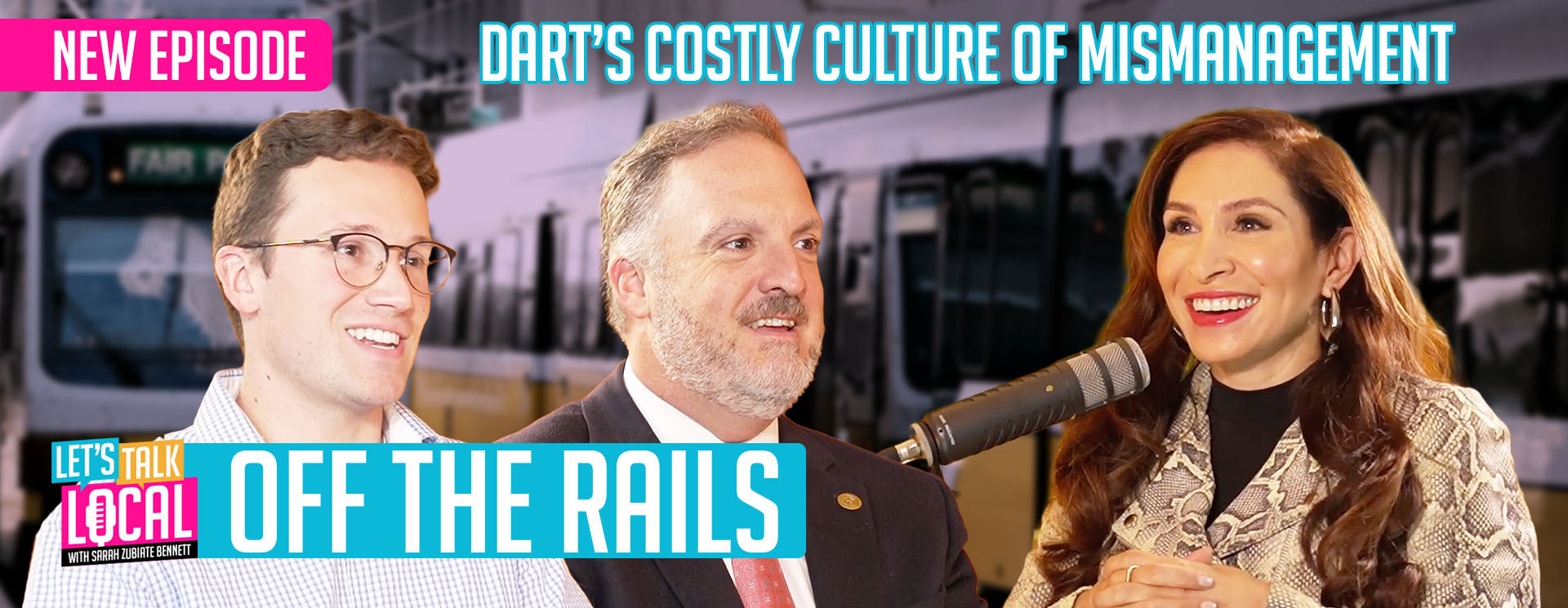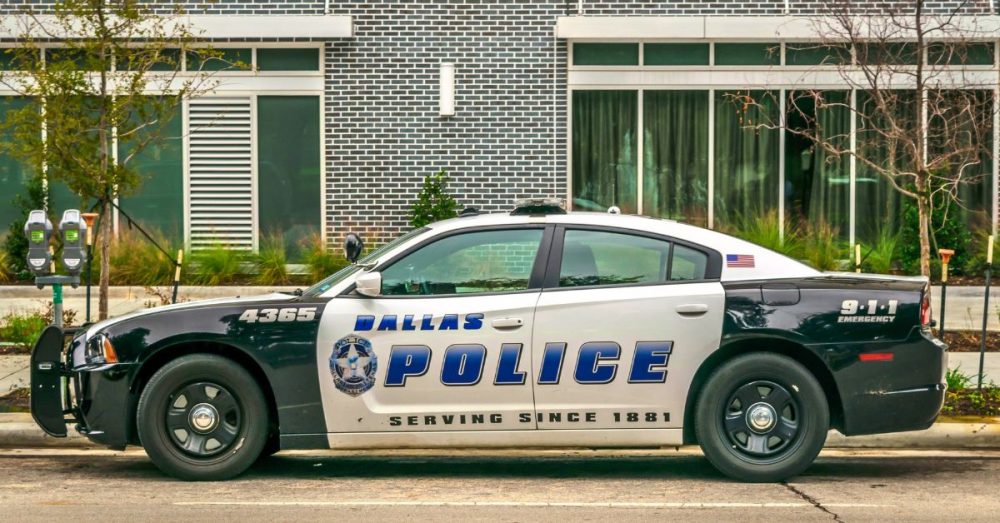Police response times in Dallas remain high amid the jurisdiction’s ongoing officer shortage, with non-critical calls yielding significant deltas between goals and logged averages.
According to the City of Dallas response times dashboard, officers are still logging average response times well above the Dallas Police Department’s goals across all four priority designations.
Emergency calls for police service are assigned a priority designation (1-4) based on the seriousness of the issue being reported. P1 classifications, for instance, are reserved for critical emergencies, such as an active shooter or major traffic accident with injuries. At the other end of the spectrum, P4 calls represent “non-critical” incidents.
As of July 26, DPD is averaging 10.8 minutes on P1 calls, 88.9 minutes on P2 calls, 253.9 minutes on P3 calls, and 282.8 minutes on P4 calls. The goals for these designations are 8 minutes, 12 minutes, 30 minutes, and 60 minutes, respectively.
DPD has been laboring under significant resource constraints for years. The department only fields around 3,000 officers, despite a prior City analysis that asserts roughly 4,000 are needed based on Dallas’ population. Another 1,000 officers or so would purportedly reduce police response times.
Additionally, the Dallas City Council opted to allocate DPD only $654 million this fiscal year. This figure is significantly less than what other high-crime cities, such as Chicago, Los Angeles, and New York City, spend on their police departments.
While DPD’s current P1 average is somewhat close to its goal, the gap in P2 calls is alarming.
On average, it takes police roughly 2 hours to respond to a major violent disturbance. Robberies take about 90 minutes to respond. Business holdups do a little better, clocking an average response time of about 33 minutes. Motor vehicle thefts in progress can produce an officer response in about 76 minutes. Again, the goal for P2 calls is 12 minutes.


